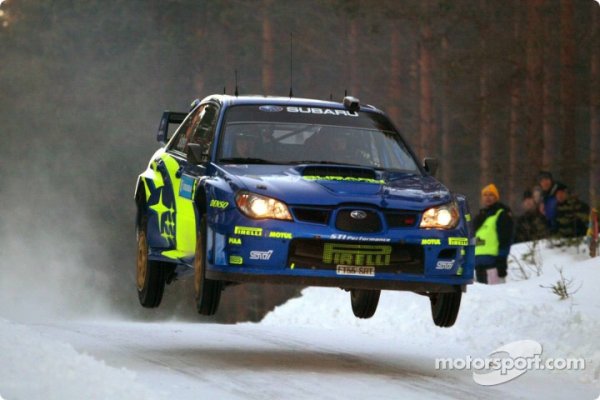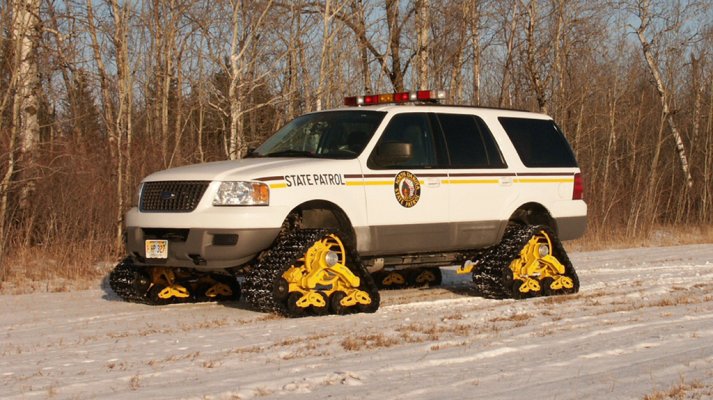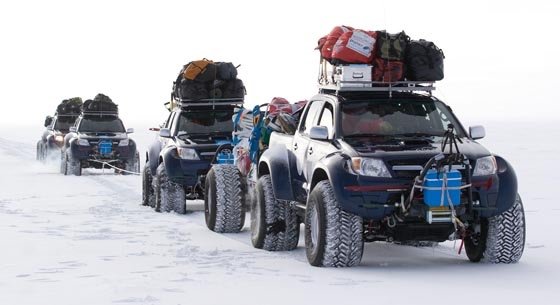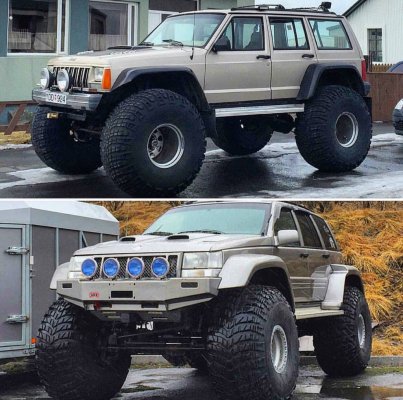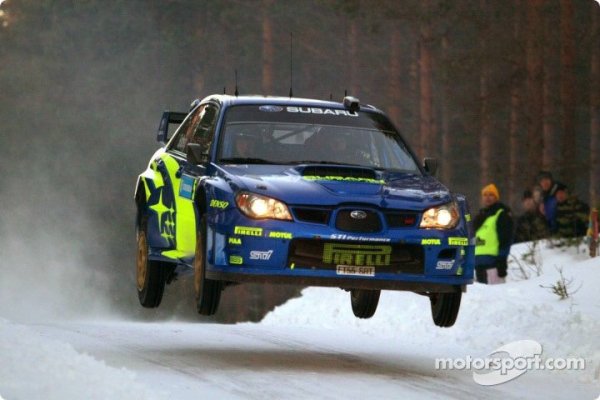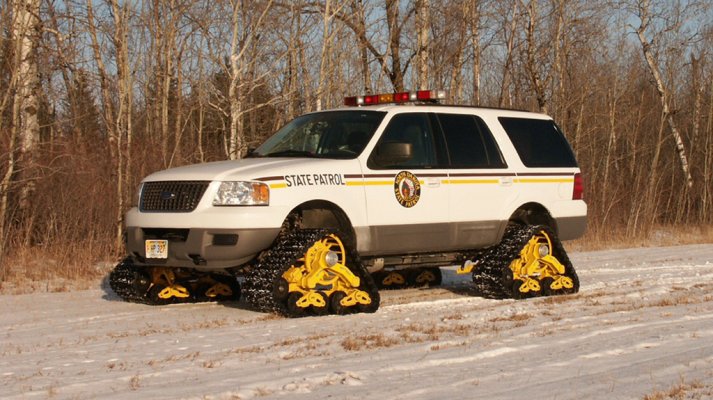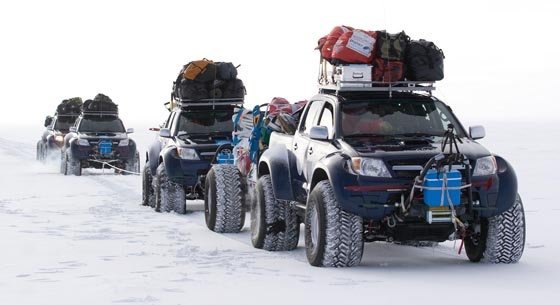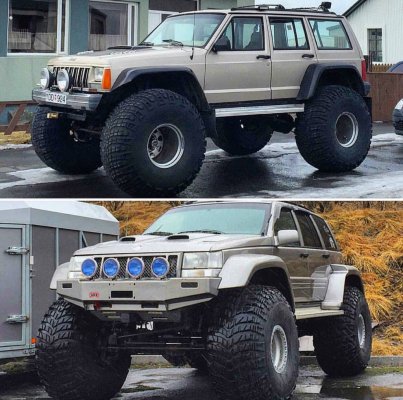Tire size and the ability for a vehicle to move forward over certain ground conditions is basically a choice between wanting traction at the ground, or wanting to basically travel or float on top of said ground. Two different needs, two different tires. Skinny tires will put more PSI onto the ground since the contact patch is smaller. This increases friction/traction. My private coach has, relatively speaking, skinny tires and a lot of weight (40,000lbs) giving me much better traction on ice and shallow snow than a car. An example of a skinny tire for ice/shallow snow traction:
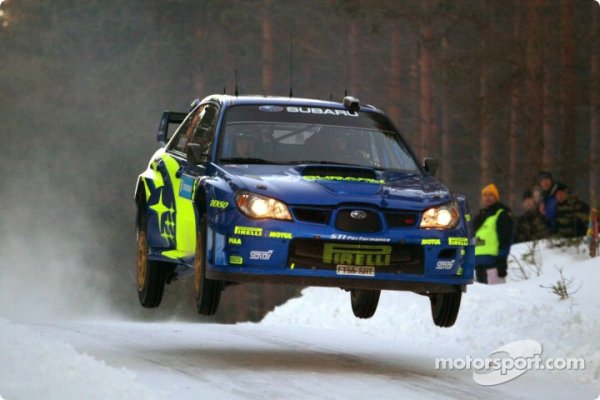
But, get into soft, deep mud, really deep snow, or sand and my bus is sunk stuck and done.
That’s where wider/larger tires come into play. In soft/deep conditions, you want to float and ride on top of the ground cover. So you want to reduce your PSI footprint as much as possible. Hence, tank tracks, snowmobile belt tracks, balloon tires etc.
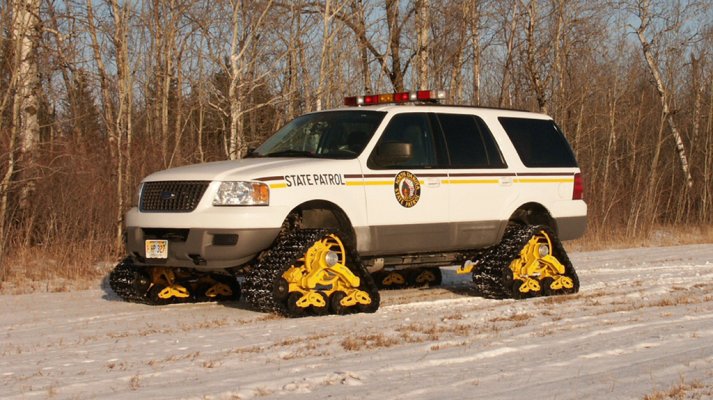
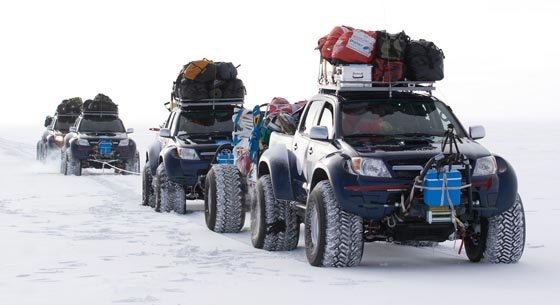
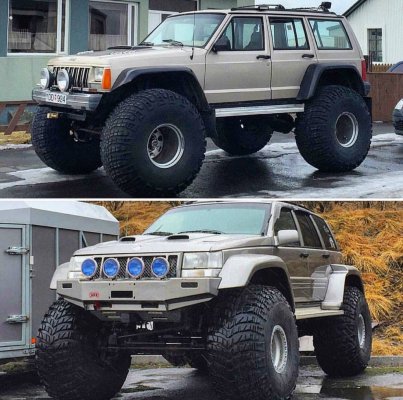
Sent from my iPhone using Tapatalk Pro


